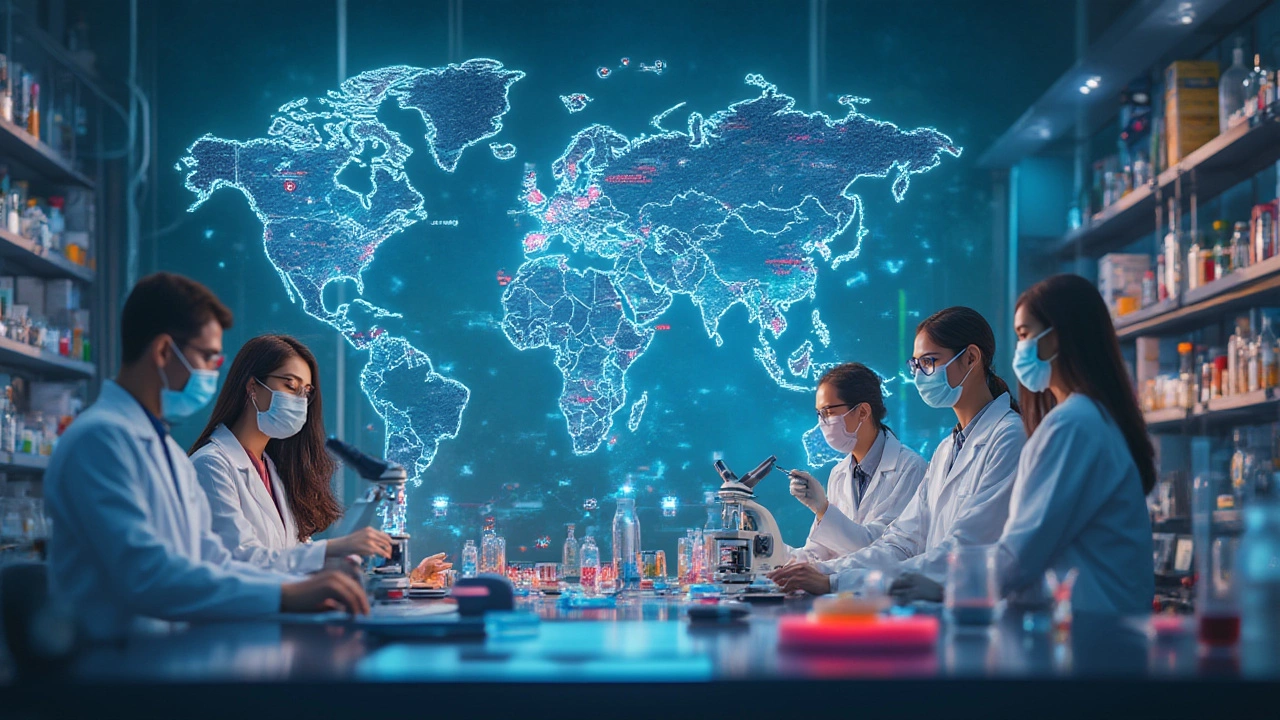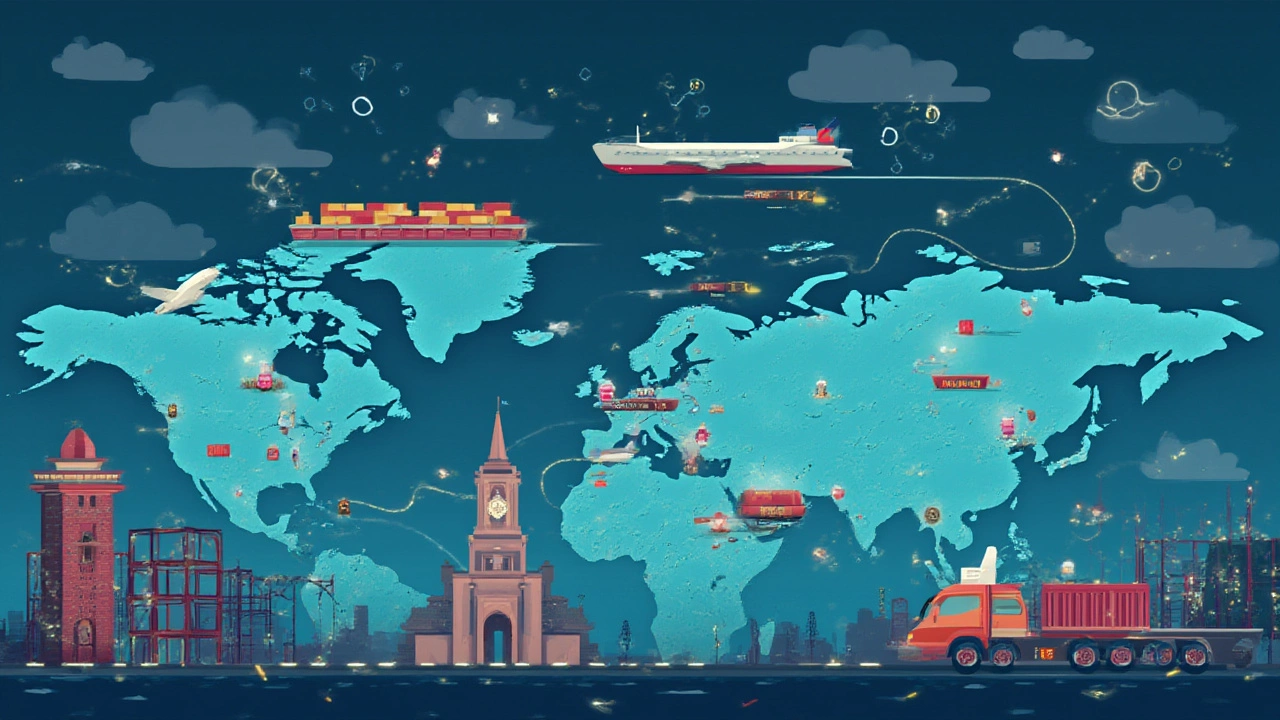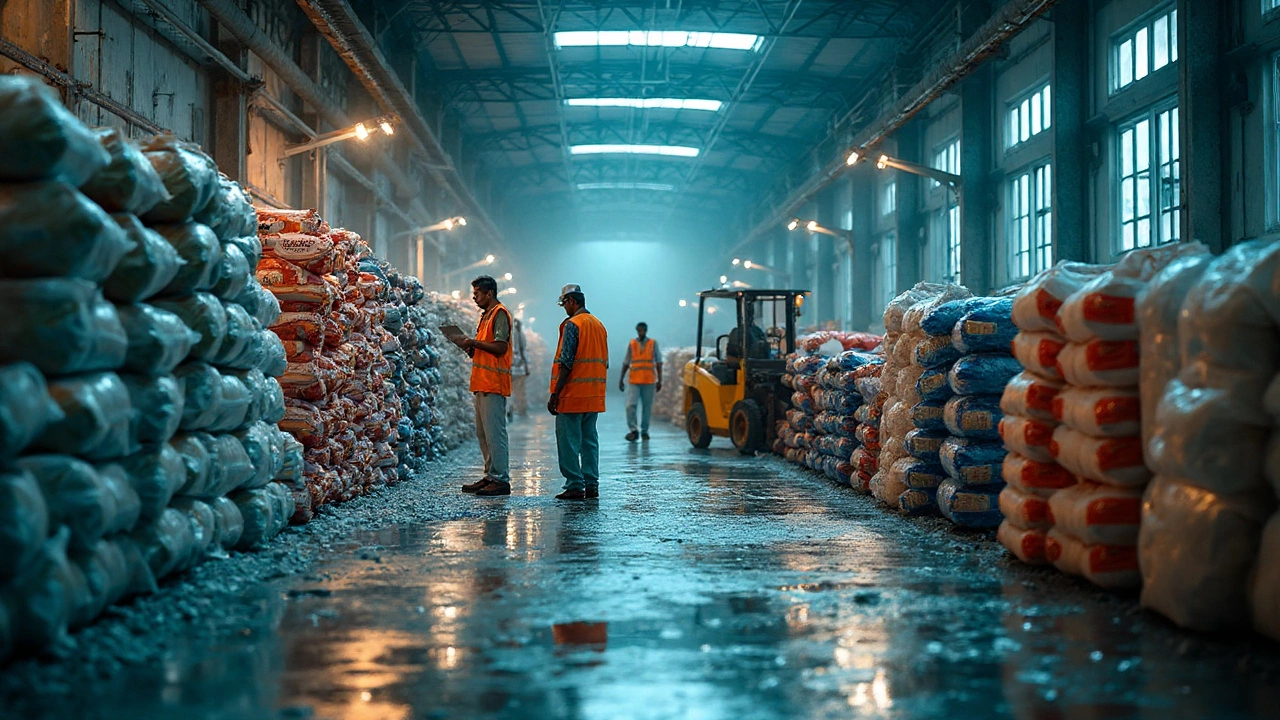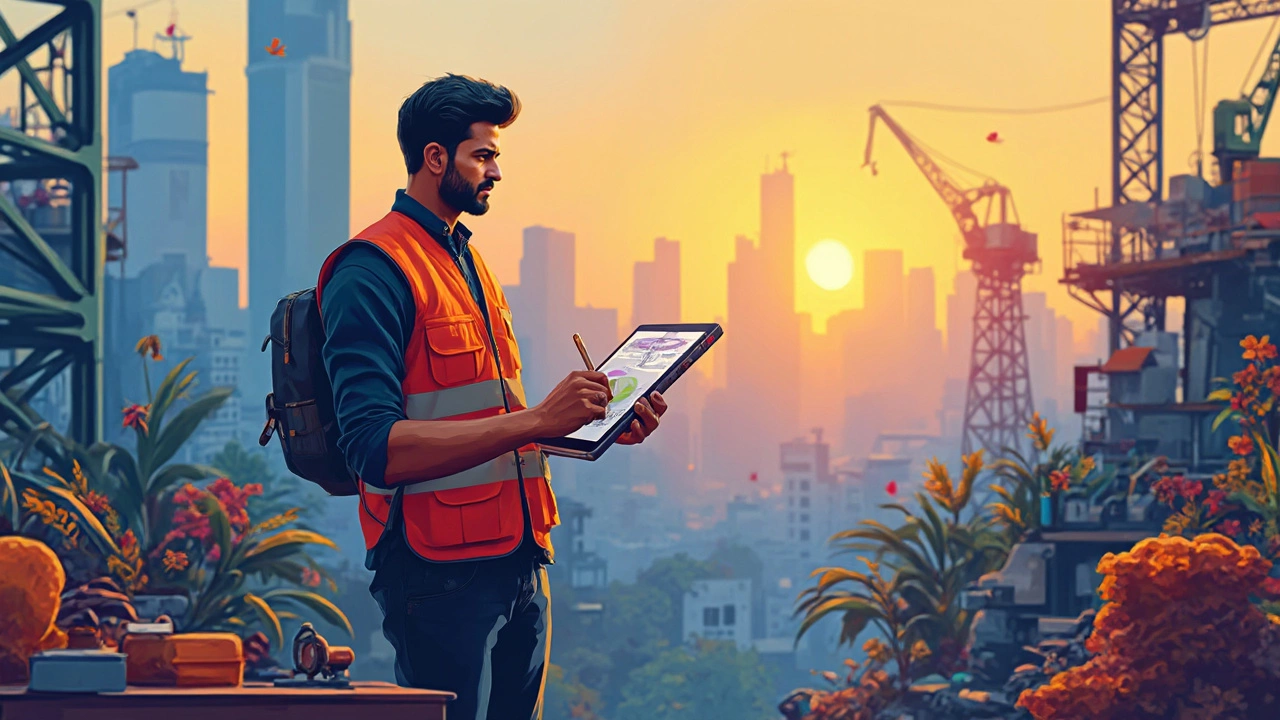Top Pharmaceutical Producing Countries and Global Pharma Industry Leaders

You wouldn’t expect tiny pills and powders to wield so much power, but the pharmaceutical industry is one of the world’s heavyweight money-makers. Imagine this: in 2024 alone, the global pharma market’s value swelled to well over $1.5 trillion USD. That’s more than the GDP of most countries. Medicines touch everyone’s lives, whether that’s through a quick trip to the chemist for cold relief or lifesaving treatments in hospital wards. But do you know which country truly dominates this massive industry? The answer may not shock you—but how it all works definitely might.
The Country That Leads Pharmaceutical Manufacturing
If you thought the United States would be at the top of this game, you nailed it. The U.S. has long been the world’s largest producer of pharmaceuticals, and it’s not even a close race. By 2025, American pharmaceutical companies account for about 30% of the global drug market. Why? The simple answer is a mix of mind-blowing research investments, a strong legal framework protecting patents, and a network of top-tier universities feeding the need for innovation. It helps that eight out of the world’s ten biggest pharma giants call America home—including Pfizer, Johnson & Johnson, Merck, AbbVie, and Eli Lilly.
But what does dominance look like in facts and numbers? According to the U.S. Department of Commerce, pharmaceutical shipments from the U.S. hit around $400 billion each year. Exports stretch worldwide, with Europe, Canada, and Japan ranking as top customers. That’s not just tablets and syrups—these numbers cover everything from vaccines to biotech therapies and generic drugs. A single Pfizer or Moderna facility can churn out millions of vaccine doses weekly, something the world saw in action during the COVID-19 crisis. Research and development (R&D) budgets reach as high as $100 billion across the industry, with about half poured in by the U.S. alone. So when you wonder why American drug prices sometimes shock the rest of the world, much of that cost funnels back into innovation and clinical trials.
Unlike many industries that ship factories overseas, pharma manufacturing in America often sticks close to home. Strict FDA regulations make it a hassle to move production, plus the industry needs expert staff, clean facilities, and oversight. However, that doesn’t mean Americans do everything alone—the U.S. relies heavily on global partners for active ingredients, with China and India leading that supply chain.
How Other Countries Compete on the Global Stage
Being the biggest doesn’t mean being the only big player. If the U.S. is the king of pharma, Europe is its closest challenger by a mile. Germany, Switzerland, France, and the UK are heavy hitters in their own right. Germany stands out, especially in innovative drugs, vaccines, and biotechnology. For example, BioNTech in Mainz, Germany, made headlines for helping develop the first mRNA COVID-19 vaccine with Pfizer. Globally, German pharmaceutical exports cross the $100 billion mark each year, making the nation a steady runner-up.
Switzerland is another powerhouse. Despite its modest size, it’s home to global titans like Novartis and Roche. Swiss companies have a reputation for high-quality, high-value drugs—think breakthrough cancer treatments that fetch eye-watering prices. Switzerland’s per-capita pharma export numbers routinely top the charts, with almost 40–45% of its total exports coming from pharmaceuticals and chemicals. Their knack for niche biologics and rare disease treatments gives them a special edge.
Now, shift focus to Asia and you’re looking at a growth engine still gathering speed. India often gets called the "Pharmacy of the World." This isn’t just a catchy slogan—India actually produces about 20% of the world’s generic medicines and is responsible for roughly 60% of global vaccine output. Indian pharma companies like Sun Pharma, Cipla, and Dr. Reddy’s crank out billions of tablets a year, booming especially in affordable generics. Much of this winds up in the U.S. and Africa, making medicine cheaper and more accessible. India also has the world’s largest number of U.S. FDA-approved pharmaceutical manufacturing plants outside the United States.
Then there’s China, which supplies the world with most of its active pharmaceutical ingredients (APIs). It's a bit like the world’s backstage—most people never see it, but nothing would work without it. Chinese manufacturers hold a grip on antibiotics, vitamins, and hundreds of other pharmaceutical basics. Western companies depend on China for the raw components that make up so many finished products. In 2023, China exported nearly $80 billion worth of pharmaceutical goods, a number that keeps growing each year.
Other notable names? The UK, of course, plays a central role with companies like GlaxoSmithKline and AstraZeneca. Japan’s pharma sector has huge R&D spending, with Takeda leading the charge. France’s Sanofi and Italy’s Menarini Group keep Europe competitive, often catching headlines with new breakthroughs in both treatments and vaccine technology. So while America still has the lead, the race tightens every year.

What Sets Leaders Apart in the Pharmaceutical Industry?
So, how do the pharma heavyweights stay at the top? First, it’s about scale. The leaders pour enormous cash into R&D—think mind-boggling sums—with big names like Pfizer and Roche each spending $10–15 billion yearly on drug discovery, development, and clinical trials. This constant pipeline of new drugs means that even if one or two flops, something else breaks through.
Access to top research talent plays a big part. It's all about the brains behind the breakthrough. The U.S., Germany, Switzerland, and the UK lure the world’s best scientists and offer environments where new ideas move quickly from lab benches to production lines. Decades-old relationships between universities (like Harvard, Cambridge, or ETH Zurich) and pharma firms fuel this cycle of invention.
Patents are another powerful driver. These give firms a period of market exclusivity, sometimes up to 20 years, where they can recoup R&D costs before cheaper generics arrive. America's patent protection system is especially strong, helping companies charge higher prices and invest accordingly.
Then there’s manufacturing might. A leading company needs hundreds of huge, cutting-edge facilities to keep pace with global demand. Safety demands—sterile rooms, robotic packaging lines, and relentless quality checks—mean setting up shop isn’t cheap or easy. The most successful countries (and companies) have perfected the routine, making quality control second nature. It’s become so precise that Switzerland’s Roche, for example, can churn out complex cancer drugs to microscopic tolerances.
Finally, leaders navigate unpredictable risks. COVID-19 exposed fragilities—supply chain hiccups, raw material shortages, vaccine nationalism—but also sparked permanent changes. Most big pharma firms now keep multiple production sites worldwide so a single disaster can’t shut down everything. Supply chains are being "friendshored," which means moving manufacturing to trusted allies rather than chasing the lowest cost. This way, delays are less likely if another pandemic (or political standoff) happens.
What the Future Holds for Global Pharma Production
The world’s appetite for medicines isn’t shrinking—if anything, it’s ballooning as populations get older and chronic illnesses rise. Projections show that by 2030, global pharma sales could top $2 trillion. Companies are rushing to catch up with more targeted drugs—think personalized medicine, gene therapies, and AI-driven drug discovery. The U.S. and Europe are still primed to lead, but China and India’s rapid growth is sparking real competition.
Now, sustainability isn’t just a buzzword; it’s becoming a must-have. Companies face increasing pressure to cut pollution, reduce waste, and show exactly where their ingredients come from. Stringent rules are popping up everywhere, and customers pay more attention than ever. Take Novartis: it’s investing millions in green manufacturing, aiming for carbon-zero factories by 2030. Efficiency’s not just about saving the planet—it saves money and keeps investors happy.
Technology will keep re-writing the rulebook. Gone are the days of scribbling notes in lab books. Now, AI helps design molecules, robots fill vials at warp speed, and blockchain guarantees ingredient authenticity. Supply chains are tracked by the minute, helping companies jump on hiccups before they snowball.
Another thing to watch is how governments get involved. Pricing pressures are heating up, especially in the U.S.—expect debates on cost controls and greater expectations for affordable medicine access. New regulations tracking drug quality and pricing are reshaping how companies do business. Whichever country balances innovation, safety, cost, and access best will stay at the top. Right now, that’s the U.S.—but the landscape keeps shifting, and there’s always a surprise or two in store.
The next time you open a medicine cabinet, remember: those pills probably traveled the world before landing in your hand. They’re the result of billion-dollar bets, global teamwork, and more than a few lab coats stained with late-night coffee. The world of pharmaceuticals is changing fast, and each country is stepping up its game to lead the race. Want to keep tabs on the latest? This is one field where you never run out of things to talk about.





